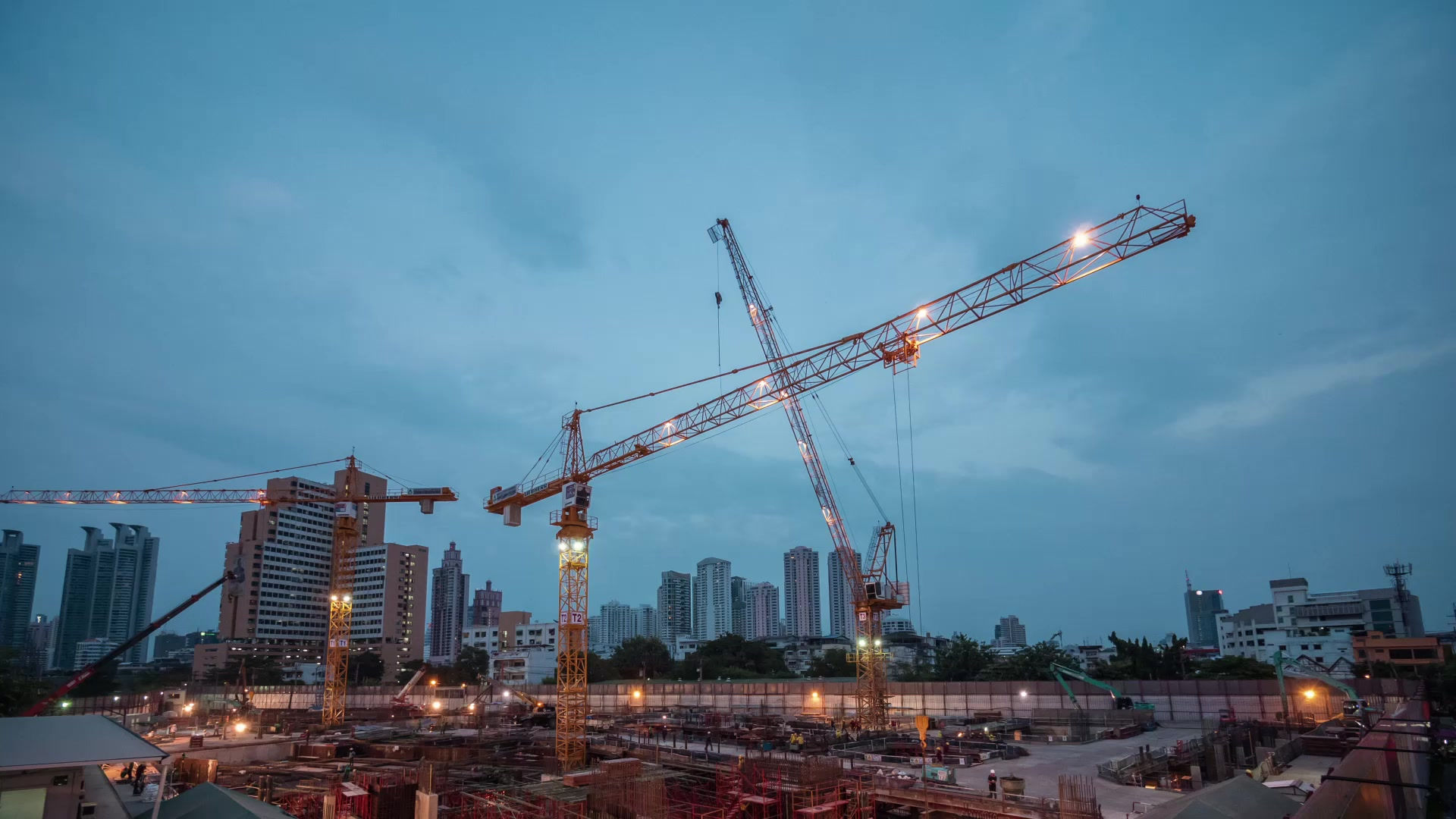Navigating the Jungle of Convection Terminology in Glass Tempering
- Booker

- Feb 19
- 4 min read
Convection is a term that gets thrown around a lot in the glass tempering industry. Full convection, forced convection, recirculated convection... the list seems endless. As someone who works full-time with tempering solutions, even I find it challenging to keep track of all the terminology. I can only imagine how overwhelming it must be for glass processors, trying to make sense of a terminology jungle—especially since different manufacturers have their own lingo and even scientific sources seem to use different terms.
Tempering is a relatively small industry, and that's part of the reason why terminology is not standardized. This lack of consistency often leads to confusion, particularly when it comes to convection systems. The goal of this article is to clear up some of the confusion by breaking down the most common convection terms and clarifying their meanings, using both scientific facts and real-world examples.
Full Convection: The Most Misunderstood Term
Full convection is arguably the most misunderstood term in the tempering industry. Many people mistakenly use it to describe a convection system where the air movement is generated by a blower that recirculates air within the heating section. While this might sound logical, it’s actually one of the most misleading assumptions out there.
This misconception originates from the time when low-emissivity (Low-E) coatings first became popular. Traditional tempering lines didn’t work well with these coatings, as they primarily relied on radiation heating from the heating elements. To solve this, manufacturers added convection systems to heat coated glass more effectively—since the purpose of Low-E coatings is to reflect radiative heat. Unfortunately, over time, the marketing of these systems has led to confusion about what “full convection” actually means.

Breaking Down the Terms
Let’s go over the most important terms and their real definitions:
ConvectionConvection is a heat transfer method where heat is transferred through a fluid—in this case, air. The fluid absorbs heat and moves it to the glass surface.
Forced ConvectionForced convection refers to the movement of air generated by an external source, like a fan or compressor, which helps distribute heat. All modern tempering lines use some form of forced convection.
Total Heat FluxTotal heat flux refers to the overall amount of heat transferred to the glass, combining heat from conduction (through the rolls), radiation (from the heaters), and convection. The percentage of convective heat flux indicates how much of the heating comes from convection versus the other methods.
Recirculating ConvectionRecirculating convection is a forced convection system where the heated air is recirculated within the heating section, rather than being released. This is often used in modern tempering lines to improve heat distribution.
Full ConvectionFull convection, as the term is often used, refers to a system where all the heat is delivered via convection. This would theoretically mean that the air alone heats the glass, without relying on radiation from the heating elements. In reality, achieving 100% convective heating is not possible—there are always some radiation effects, and glass can never be fully heated by air alone.
The Realities of Convection Performance
The term "full convection" has been widely misused to label any system with recirculating convection. However, just because a system has recirculated air doesn’t mean it’s an efficient convection system. To evaluate convection performance properly, we need to focus on the actual effectiveness of the system. Here are the key factors to consider:
Convective Heat Flux with Low-E GlassWhat percentage of the total heat flux is delivered through convection? For Low-E glass, higher convection heat flux means better performance.
Heating AccuracyHow accurately does the system apply heat to the glass? Even if a system has a high percentage of convective heat, if it lacks precision, the results won’t be optimal.
Uniformity Across the Convection SystemHow evenly does the system distribute heat across the entire heating section? Uniform convection is crucial for consistent quality, especially when processing larger glass loads.
Categories of Convection Performance
In terms of performance, we can classify convection systems into three categories:
Limited ConvectionIn these systems, less than 20% of the total heat flux comes from convection. These systems generally perform poorly with Low-E glass because they lack sufficient air movement or have poor control of the convection process. Poor uniformity is also a common issue.
Assistive ConvectionIn these systems, convection supports the primary heating method (usually radiation). They contribute between 20% and 50% of the total heat flux. The performance of these systems depends on how well the convection is integrated with radiation and how uniform the heat distribution is. These systems may still struggle with uniformity, particularly when the air movement is not optimized.
Convection as the Main Heating MethodThese systems are designed to rely on convection as the primary source of heat. While not truly “full convection,” they have the highest percentage of convective heat flux. The key to success in this category is not just the amount of convection but also the uniformity and accuracy of the heat distribution.
Summary: Focus on Performance, Not Terminology
When evaluating convection systems for tempering, it’s important to focus on the real-world performance of the system, not just the terminology. Here’s what you should consider:
Convection Uniformity: How evenly is heat distributed across the heating section?
Heating Accuracy: How precisely is heat applied to the glass?
Convective Heat Flux: What percentage of the total heat flux comes from convection?
By focusing on these factors, you’ll have a clearer understanding of the true performance of different convection systems and be able to make more informed decisions about which system is right for your production.
Finally, I urge you to be cautious with terms like "full convection." While it's tempting to use it as shorthand, it's important to understand that not all recirculating systems are the same, and using the term incorrectly can lead to confusion and misaligned expectations. Let’s move beyond buzzwords and focus on the facts.









Comments